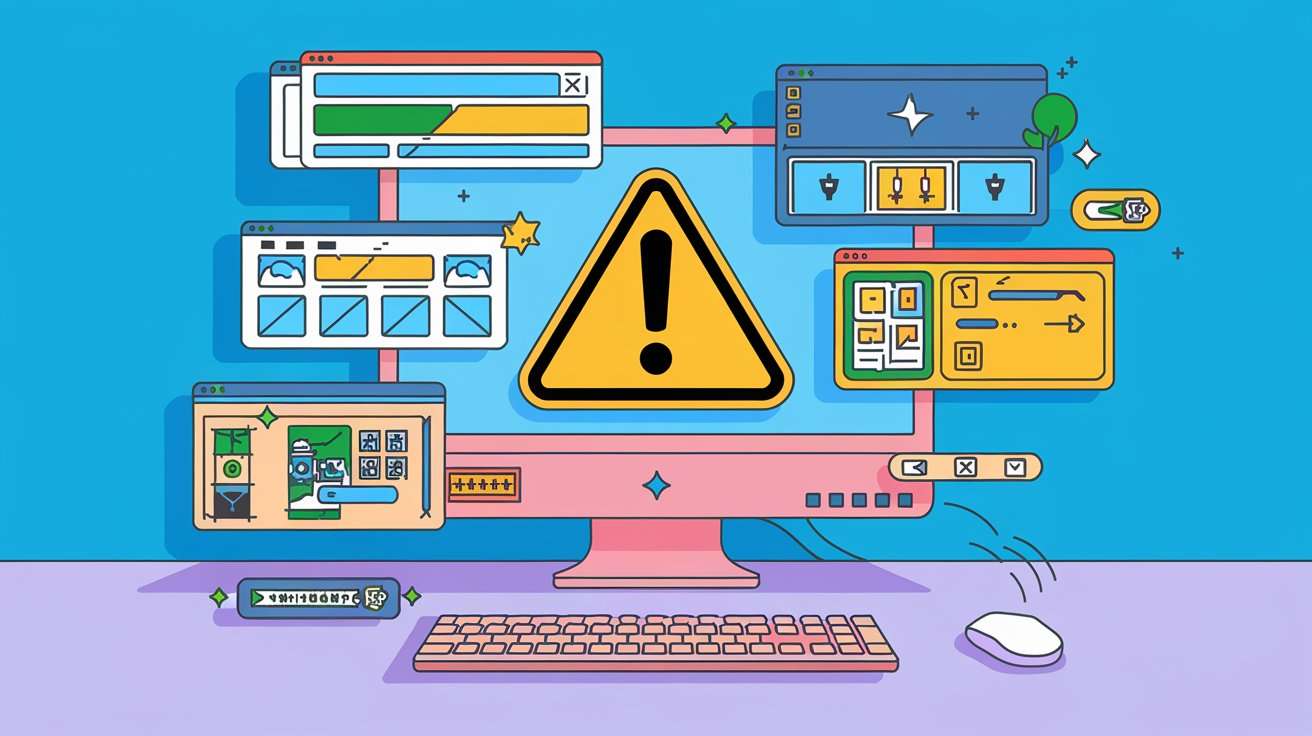Your Computer Needs an Upgrade?
Computers are essential tools, but as technology advances, even the best machines can start showing signs of age. Ignoring these indicators can lead to slower performance, frustration, and potential data loss. Here are 10 signs your computer needs an upgrade and tips on how to identify when it’s time to improve your setup for maximum efficiency and speed.
1. Slow Startup and Shutdown Times
One of the first signs of an aging computer is extended startup and shutdown times. A sluggish boot-up process can indicate outdated hardware, especially if you’re still using a traditional hard drive (HDD) rather than a solid-state drive (SSD). Upgrading to an SSD or replacing your existing drive can make a huge difference in speed.
Upgrade Solution:
Consider switching to an SSD, as it offers faster read and write speeds than an HDD, resulting in quicker boot times.
2. Frequent Freezing or Crashing
If your computer frequently freezes or crashes, it could be due to insufficient RAM, an outdated operating system, or an aging processor that struggles to handle modern applications. Such disruptions impact productivity and can signal that your computer is struggling to keep up.
Upgrade Solution:
Increasing your RAM and ensuring that your operating system and drivers are up-to-date can improve stability. Consider upgrading the CPU if your computer is several years old.
3. Software Compatibility Issues
As software evolves, newer applications often demand more resources and updated operating systems. If you find that your favorite apps or software won’t run on your computer, or if the system frequently asks for updates you can’t install, it’s likely a sign of outdated hardware.
Upgrade Solution:
If your OS no longer supports certain apps, upgrading the entire system or investing in a newer model may be necessary to keep up with compatibility requirements.
4. Insufficient Storage Space
Running out of storage space can slow down your computer significantly. As files and applications accumulate, your system has less space to store temporary data, leading to sluggish performance.
Upgrade Solution:
If you’re consistently running low on storage, consider adding an external drive or upgrading to a larger internal drive. An SSD is an excellent choice for faster storage.
5. Overheating
Older computers are more likely to overheat, which can damage internal components and reduce performance. Frequent overheating may indicate that your system’s cooling system isn’t working well, or that dust buildup is causing airflow problems.
Upgrade Solution:
If cleaning doesn’t improve the temperature, upgrading the cooling system or adding more fans can help. Sometimes, replacing the entire setup is the best option if overheating persists.
6. Poor Battery Life (for Laptops)
Laptop batteries degrade over time. If your battery no longer holds a charge or drains quickly, it may be time to replace it. Some older laptops don’t allow battery replacements, so upgrading to a new laptop might be the only solution.
Upgrade Solution:
If your laptop allows battery replacement, investing in a new battery is an affordable fix. Otherwise, consider upgrading to a newer model with better battery life.
7. Declining Graphics Performance
Older computers struggle to support modern graphics-intensive applications, such as video editing software or the latest games. If you’re experiencing lag or low frame rates during these activities, your graphics card may need an upgrade.
Upgrade Solution:
Upgrading to a newer graphics card can improve performance in resource-intensive applications. For desktops, this upgrade can be straightforward, while laptops may require a full device replacement.
8. Slow Internet and Network Performance
While slow internet could be due to connectivity issues, an older computer may struggle to process modern Wi-Fi speeds. Outdated network cards and lack of support for new Wi-Fi standards can impact internet performance.
Upgrade Solution:
Upgrading to a newer network card or adapter can improve connectivity. Alternatively, ensure your drivers are up-to-date to support the latest internet speeds.
9. Poor Overall Performance in Multitasking
If your computer struggles with multitasking, slowing down noticeably when multiple programs are open, it may be time to upgrade. This could indicate that your system lacks sufficient RAM or a fast enough processor to handle multiple tasks.
Upgrade Solution:
Adding more RAM can help your computer manage several applications simultaneously. If RAM isn’t enough, consider upgrading to a system with a faster processor.
10. Outdated Security Features
Old computers are less secure as they may not support the latest security patches and updates. This can leave your system vulnerable to malware, phishing, and other cyber threats, especially if your computer no longer receives updates from the manufacturer.
Upgrade Solution:
Consider upgrading to a newer model with the latest security features and built-in protections. Staying up-to-date is essential for protecting sensitive data.
Recognizing signs your computer needs an upgrade can help you avoid performance issues and extend your device’s lifespan. Regular upgrades ensure that your computer remains compatible with modern software, providing a smoother, faster, and more secure experience.



